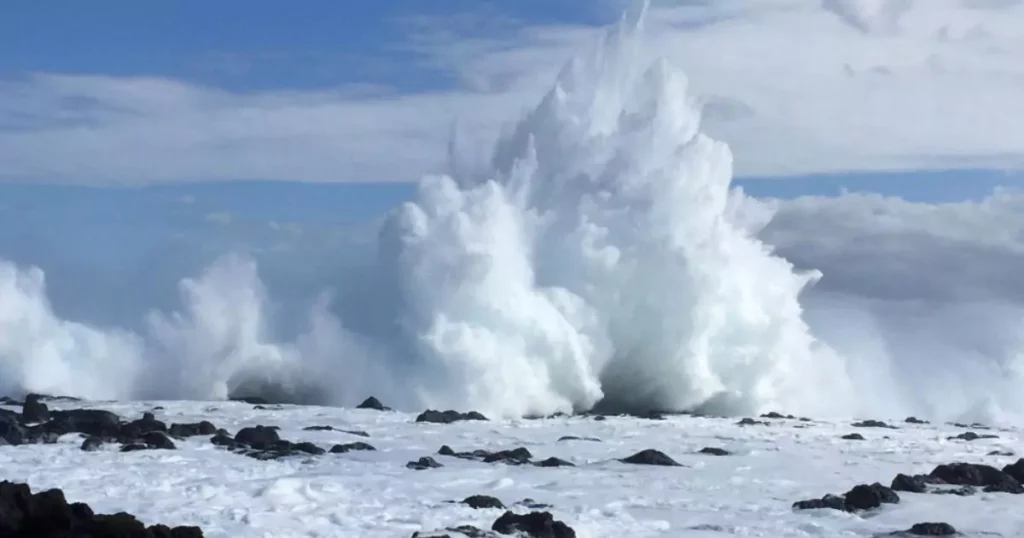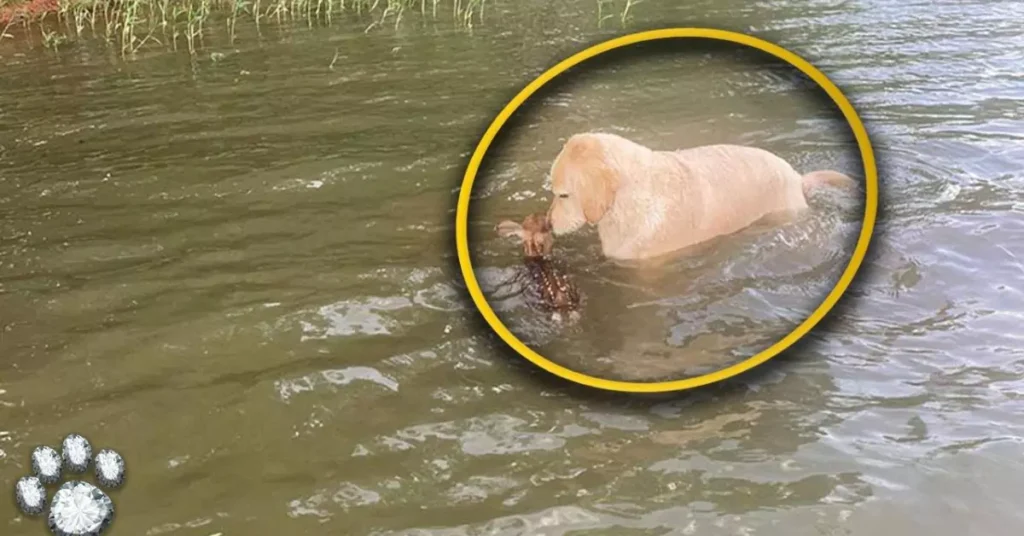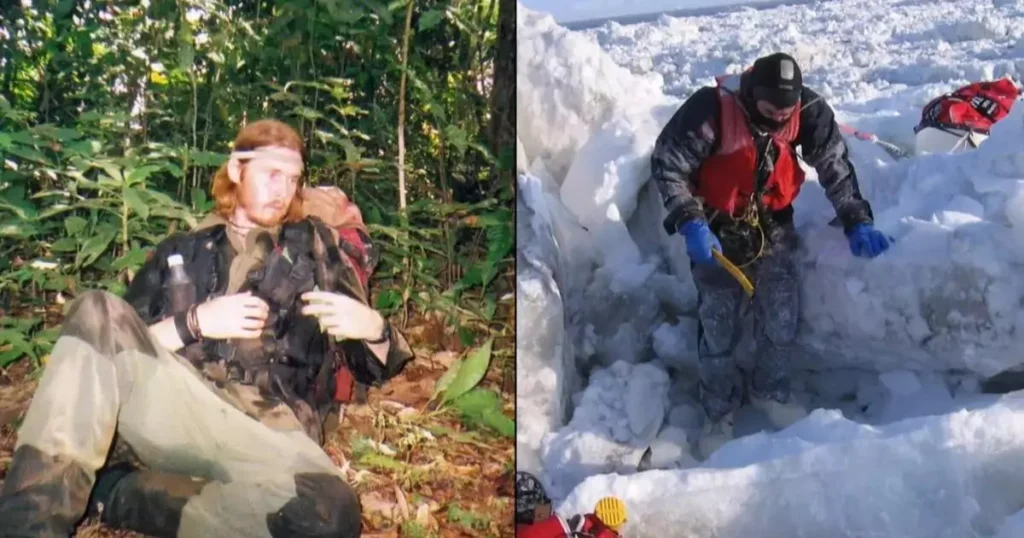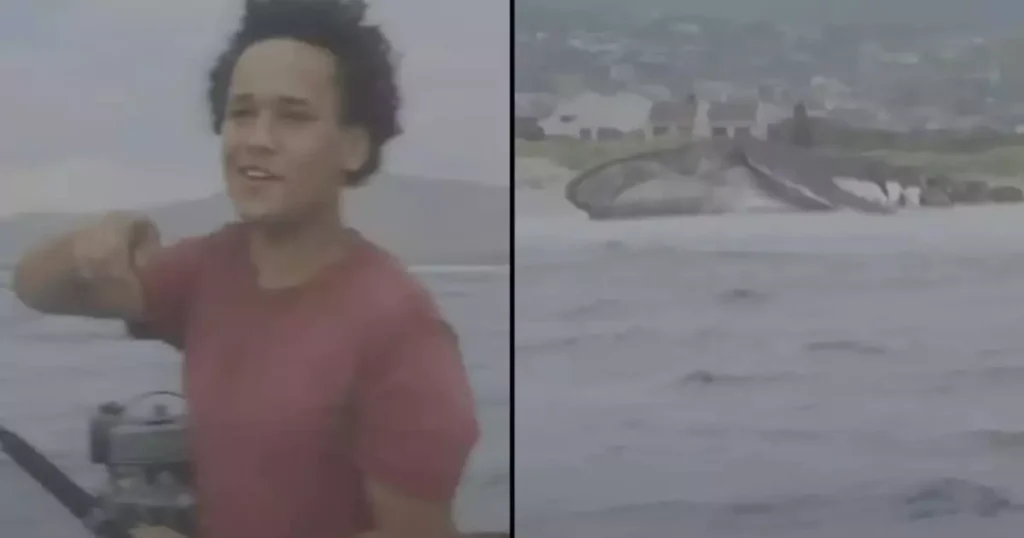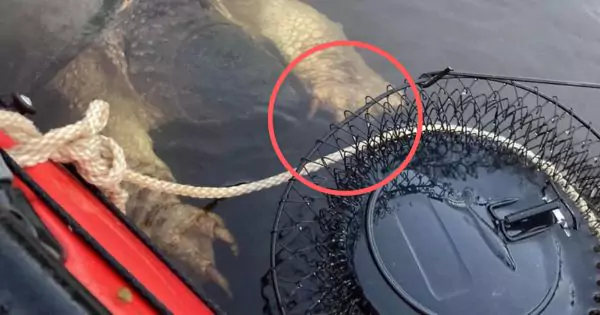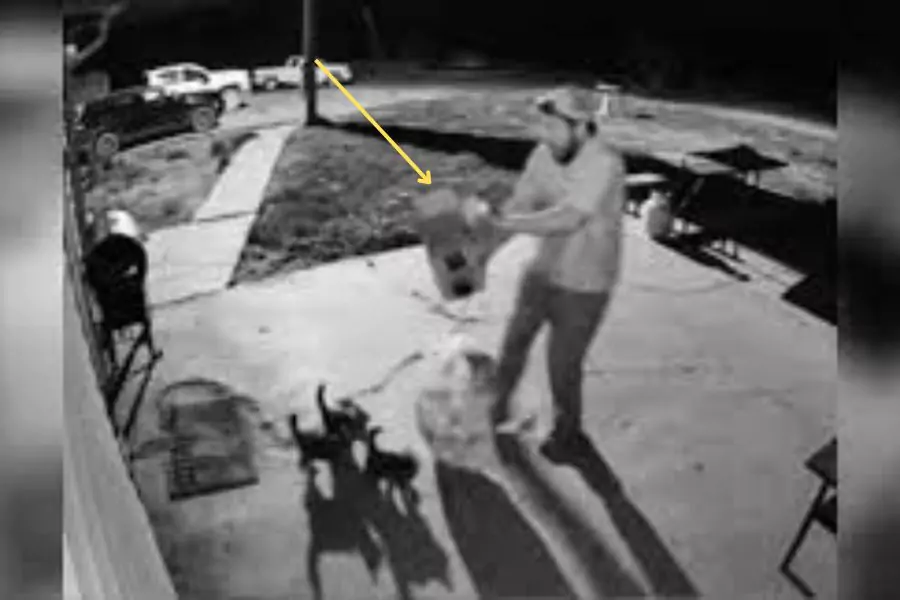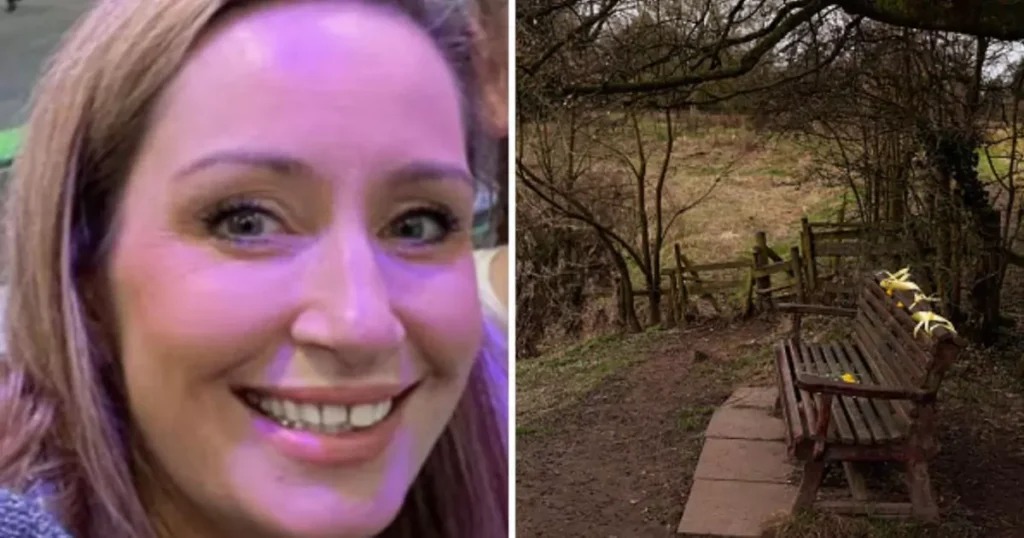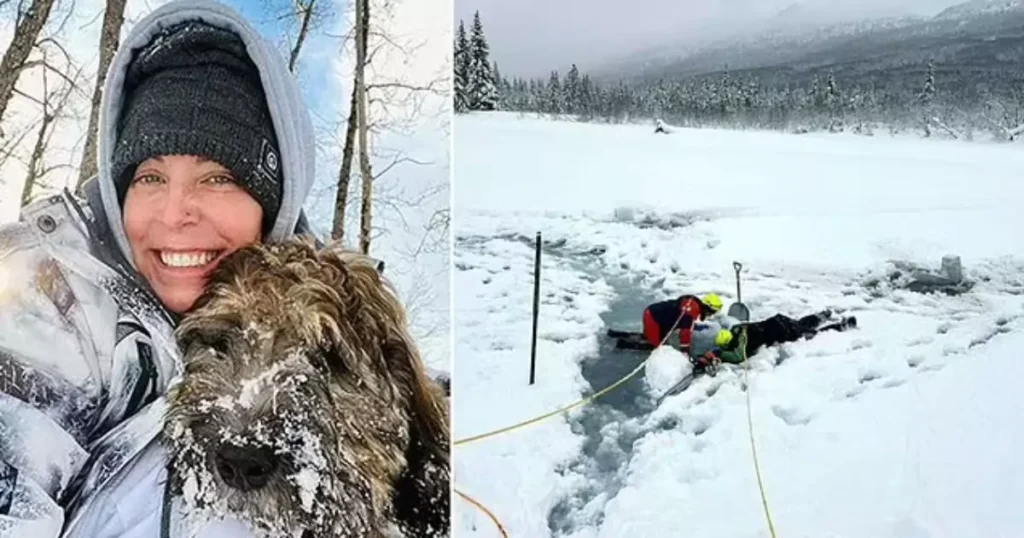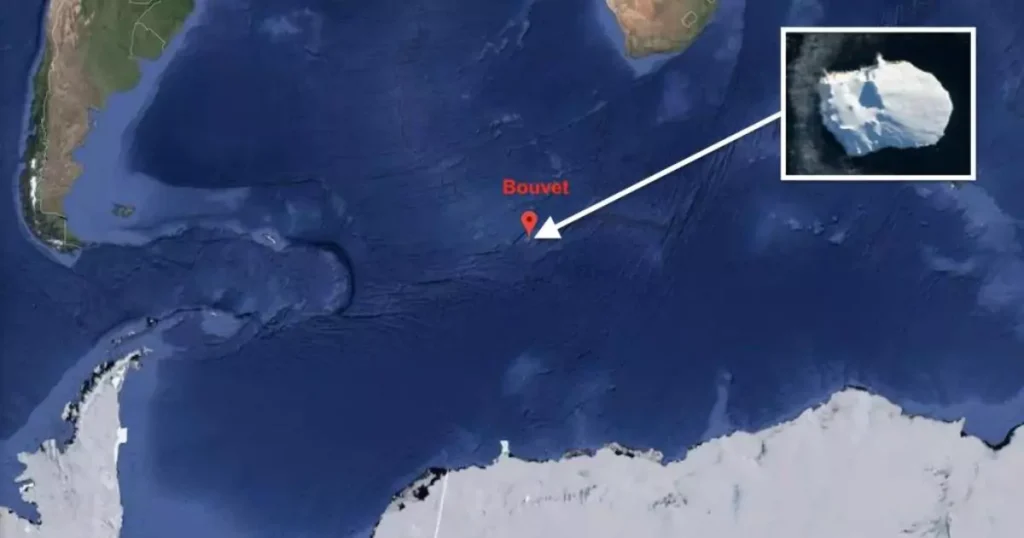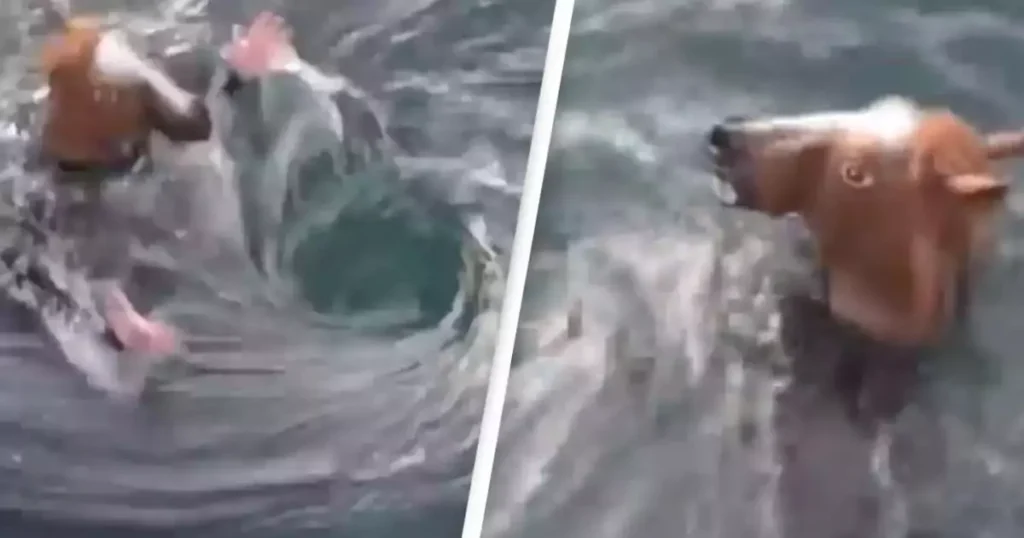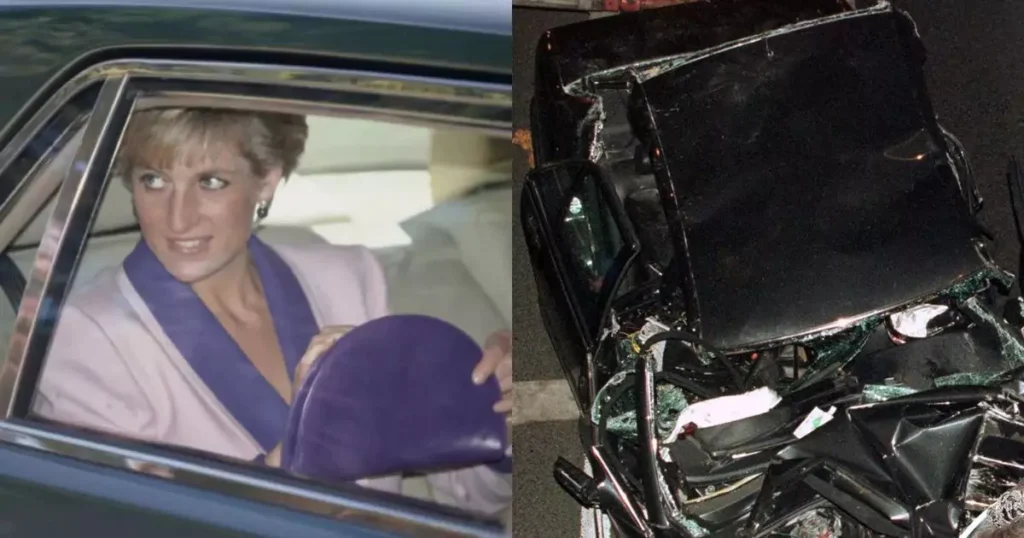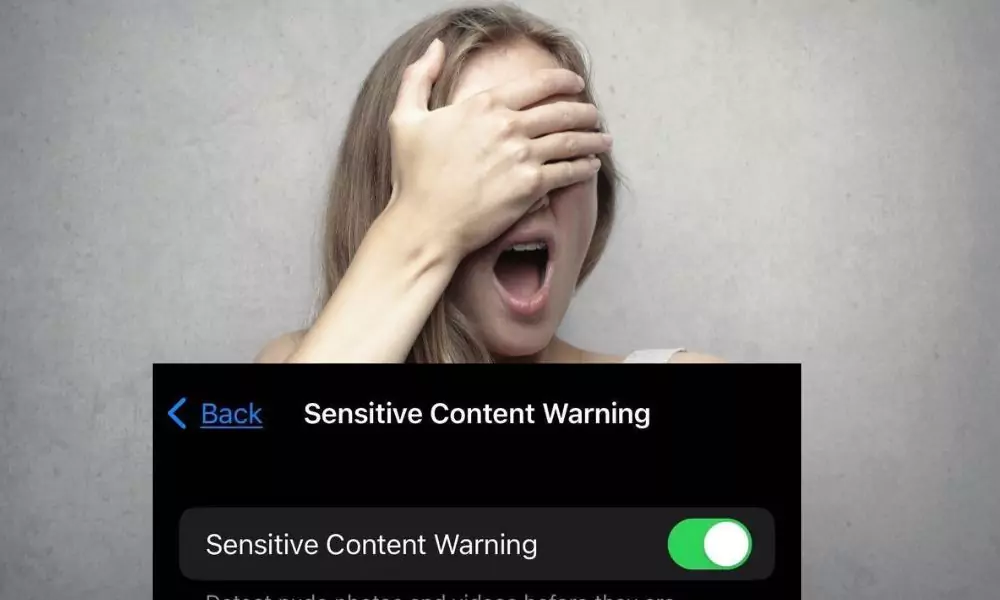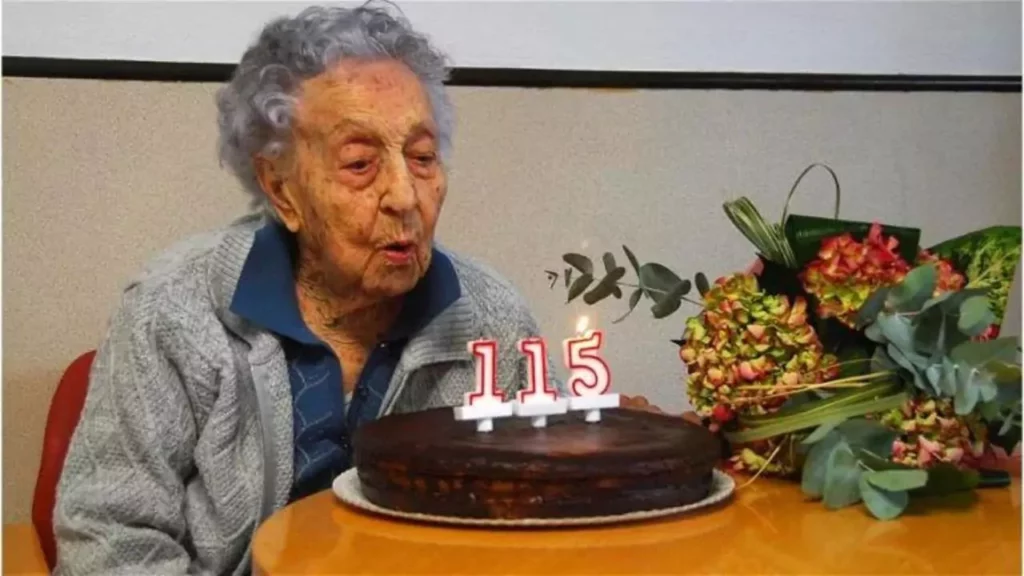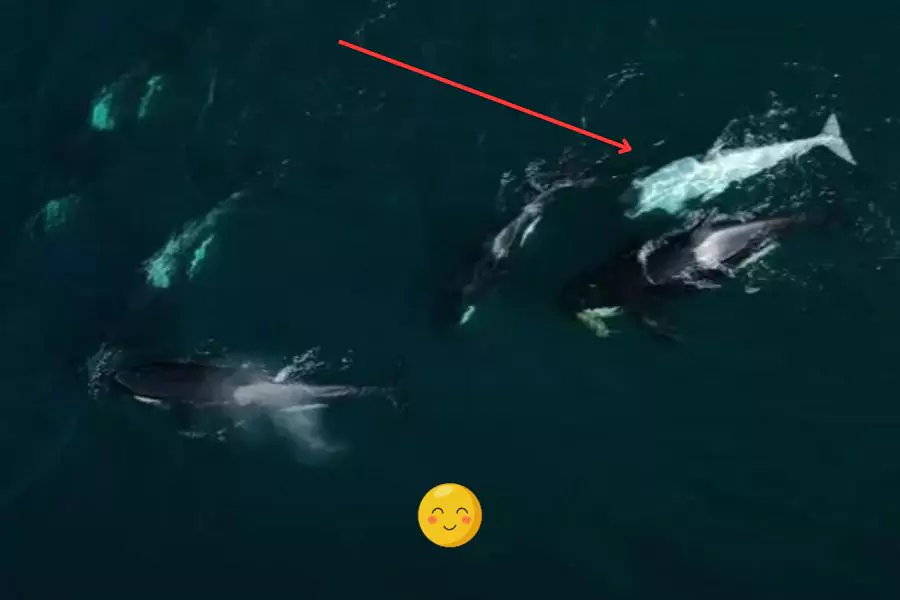
In 2004, the Indian Ocean tsunami shocked the world. It became one of the deadliest natural disasters in history. A British tourist, Julian Hadden, unknowingly captured the first waves of this disaster on camera while vacationing in Thailand. The video, later uploaded to YouTube, raised concerns about the safety of those in the footage. Hadden has since spoken out, addressing these concerns and sharing his group’s experience during the disaster.
The Day of the Tsunami
On December 26, 2004, Hadden and his friends were enjoying their holiday on Koh Ngai, Thailand. Like many tourists, they had no idea that an undersea earthquake had struck near Sumatra earlier that morning. The earthquake measured 9.1 on the Richter scale and occurred at 7:59 AM. This earthquake triggered the tsunami that soon devastated coastal regions of Southeast Asia, including Thailand, Indonesia, and Sri Lanka.
In the now-viral footage, Hadden and his friends casually talk about their plans for the day. They had intended to go caving but canceled due to concerns about the weather. Hadden remarks on the beauty of the island, completely unaware of the looming catastrophe. Moments later, the waves begin crashing onto the beach, signaling the start of the deadly tsunami.
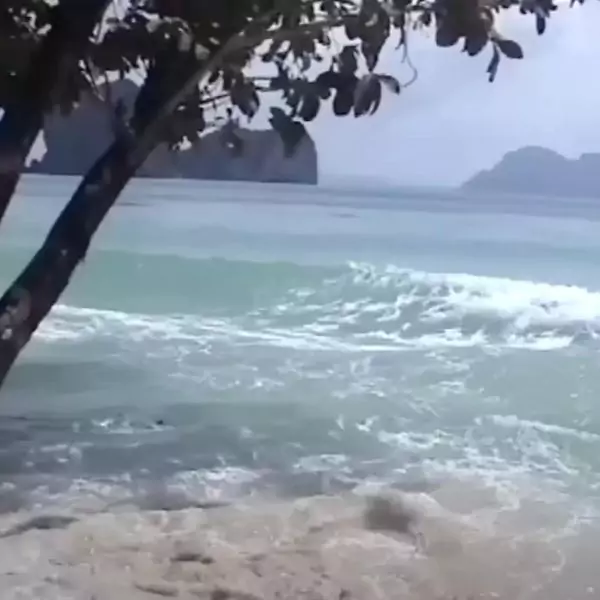
Capturing the First Waves
As the tide rolled in, the group noticed the increasingly aggressive waves. One friend can be heard saying, “That was a big one! Look at that boat.” The camera zooms in on a nearby boat struggling in the water. At this point, the group still didn’t realize the gravity of the situation. As the waves grew stronger, Hadden’s friends hurriedly packed their belongings and moved to higher ground. Unknowingly, they were witnessing the start of one of the deadliest tsunamis ever recorded.
Aftermath and Viewer Concerns
The footage, which now has over 12.5 million views since its 2013 upload, left many viewers concerned for the people in the video. Were they safe? In response, Hadden updated the video description to address these worries. He confirmed that everyone seen in the footage survived. He explained that they had been on the landward side of Koh Ngai, which spared them from the full force of the waves.
Hadden shared the exact coordinates of their location during the tsunami. This allowed viewers to visualize the scene. Though the group was lucky to survive, the footage serves as a reminder of the many lives lost that day.
The 2004 Tsunami’s Devastating Impact
The 2004 Indian Ocean tsunami is the deadliest in recorded history. Waves reached up to 100 feet high, killing over 227,000 people across 14 countries. Indonesia’s Aceh province was hit hardest, with over 61,000 deaths. Thailand’s Phang Nga province, home to the tourist resort of Khao Lak, also saw immense loss of life.
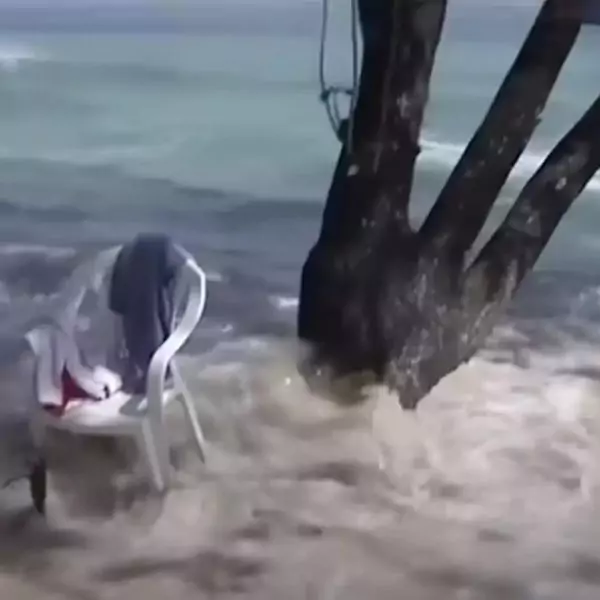
The disaster displaced millions of people and destroyed entire communities. The effects lingered for years, with countries like Thailand and Indonesia continuing recovery efforts long after the tsunami struck.
Precautions and Awareness
The 2004 tsunami underscored the need for greater awareness of natural disaster risks, especially in coastal areas. Modern technology has improved early warning systems, but it is crucial for both tourists and locals to understand tsunami warning signs.
Here are some key precautions to minimize risks:
- Tsunami Warning Systems: Pay close attention to tsunami warning systems in coastal areas. These systems use seismic data and ocean monitoring to detect potential tsunamis and send alerts to affected regions.
- Know the Signs: Tsunamis often follow large earthquakes. If you feel an earthquake, immediately seek higher ground. Additionally, if you notice the sea pulling back far from the shore, this could be a warning sign of an impending tsunami.
- Evacuation Plans: Familiarize yourself with local evacuation routes when visiting coastal regions. Many countries prone to tsunamis now have designated safe zones, usually located on higher ground.
- Stay Informed: Keep up with local news, weather reports, and alerts from authorities. It’s also helpful to download emergency apps for real-time updates and safety information.
- Emergency Kits: Have an emergency kit ready with essential items like water, food, first aid supplies, and important documents. This could be crucial in the aftermath of a disaster.
- Follow Local Advice: If locals or authorities advise against going to certain areas due to safety concerns, follow their guidance. In Hadden’s case, the group decided against going caving, a choice that may have saved their lives.
A Somber Reminder
Julian Hadden’s footage serves as a powerful reminder of the unpredictability of natural disasters. While he and his friends survived, the 2004 Indian Ocean tsunami claimed the lives of hundreds of thousands. This tragedy left a permanent mark on history.
Since the tsunami, advances in early warning systems have been made. However, the importance of preparedness and awareness remains vital. Understanding the risks and taking appropriate action can save lives during natural disasters.
As we remember the events of 2004, it’s essential to honor the memory of those who perished. We must also continue efforts to improve disaster response and preparedness to protect people in future crises.











